100% Original Wholesale Brand new TU116/TU117 BGA Chipset ada lovelace type
Here’s a detailed comparison table between TU116 and TU117 GPUs (NVIDIA’s Turing-based mainstream/entry-level architectures), formatted with clear technical distinctions:
TU116 vs. TU117 GPU Comparison Table
(GTX 16-Series: 1660 Ti/Super vs. 1650/Super)
| Specification | TU116 (e.g., GTX 1660 Ti/Super) | TU117 (e.g., GTX 1650/Super) | Difference |
|---|---|---|---|
| Architecture | Turing (12nm FinFET) | Turing (12nm FinFET) | Same node |
| Die Size | 284 mm² | 200 mm² | ~30% smaller |
| Transistors | 6.6 billion | 4.7 billion | ~29% fewer |
| CUDA Cores | 1,536 (1660 Ti) / 1,408 (1660 Super) | 1,024 (1650) / 1,280 (1650 Super) | -25% to -33% |
| SMs | 24 (1660 Ti) / 22 (1660 Super) | 16 (1650) / 20 (1650 Super) | -4 to -6 SMs |
| Base Clock | 1,500 MHz (1660 Ti) | 1,485 MHz (1650 GDDR6) | Similar |
| Boost Clock | 1,770 MHz (1660 Ti) | 1,665 MHz (1650 GDDR6) | -6% |
| Memory Size | 6GB GDDR6 (1660 Ti/Super) | 4GB GDDR5/GDDR6 (1650/Super) | -33% |
| Memory Bus | 192-bit | 128-bit | -33% |
| Memory Bandwidth | 288 GB/s (GDDR6) | 128 GB/s (GDDR5) / 192 GB/s (GDDR6) | -33% to -56% |
| TDP | 120W (1660 Ti) | 75W (1650 GDDR5) / 100W (Super) | -17% to -38% |
| NVENC | 7th-gen (Turing) | 7th-gen (Turing) | Same |
| RT/Tensor Cores | None | None | No |
TU116 (GTX 1660 Ti/Super/1660) – Mid-Range Gaming
Key Features:
- Architecture: Turing (12nm FinFET) without RT/Tensor cores
- Die Size: 284 mm² | Transistors: 6.6 billion
- CUDA Cores: 1,408–1,536 (22–24 SMs)
- Memory: 6GB GDDR6 (192-bit bus, 288–336 GB/s bandwidth)
- Clocks: 1,530–1,785 MHz (boost) | TDP: 120–125W
- NVENC: 7th-gen Turing encoder (improved over Pascal)
Performance Target:
- 1080p Ultra gaming (90+ FPS in AAA titles)
- 1440p Medium (60+ FPS with optimized settings)
SKUs:
- GTX 1660 Ti (Full TU116, 1,536 cores)
- GTX 1660 Super (1,408 cores, faster GDDR6)
- GTX 1660 (1,408 cores, GDDR5)
Advantages over TU117:
- +30% more CUDA cores
- 50% wider memory bus (192-bit vs. 128-bit)
- Higher bandwidth (288 GB/s vs. 192 GB/s max on TU117)
TU117 (GTX 1650/Super) – Entry-Level Efficiency
Key Features:
- Architecture: Turing (12nm FinFET) without RT/Tensor cores
- Die Size: 200 mm² | Transistors: 4.7 billion
- CUDA Cores: 1,024–1,280 (16–20 SMs)
- Memory: 4GB GDDR5/GDDR6 (128-bit bus, 128–192 GB/s bandwidth)
- Clocks: 1,485–1,725 MHz (boost) | TDP: 75–100W
- NVENC: 7th-gen Turing encoder
Performance Target:
- 1080p Medium gaming (60 FPS in eSports/light AAA)
- Low-power systems (75W variants need no PCIe power connector)
SKUs:
- GTX 1650 Super (TU117, 1,280 cores, GDDR6)
- GTX 1650 GDDR6 (1,024 cores)
- GTX 1650 GDDR5 (1,024 cores, OEM-focused)
Trade-offs vs. TU116:
- -33% fewer CUDA cores
- Narrower memory bus (128-bit)
- Lower bandwidth (192 GB/s max vs. 336 GB/s on TU116)
Comparison Summary
| Aspect | TU116 | TU117 |
|---|---|---|
| Target Market | Mid-range gamers | Budget/OEM systems |
| Die Size | 284 mm² (larger) | 200 mm² (smaller) |
| Power Efficiency | Moderate (120W) | Excellent (75–100W) |
| Memory Config | 6GB GDDR6 (192-bit) | 4GB GDDR5/GDDR6 (128-bit) |
| Typical Price | $220–280 (launch) | $150–180 (launch) |
Why Both Exist?
- Market Segmentation:
- TU116 replaces Pascal’s GTX 1060 for higher performance.
- TU117 targets GTX 1050 Ti upgrades with Turing efficiency.
- Cost Control:
- TU117’s smaller die is cheaper for entry-level cards.
- OEM Demand:
- TU117’s 75W TDP fits pre-builts without extra power connectors.
Performance Hierarchy
- GTX 1660 Ti (TU116) ≈ 1.4x faster than GTX 1650 Super (TU117)
- GTX 1650 GDDR6 (TU117) ≈ GTX 1060 3GB (but with Turing NVENC)
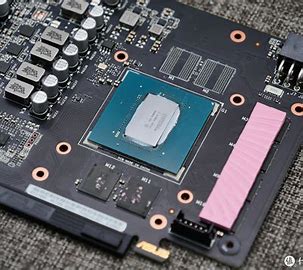

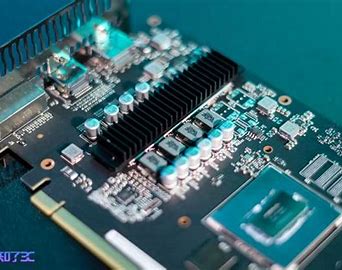
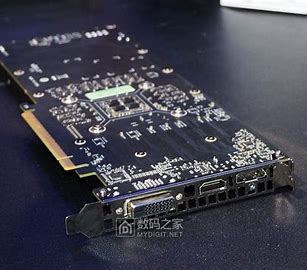
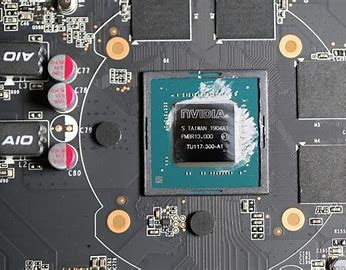
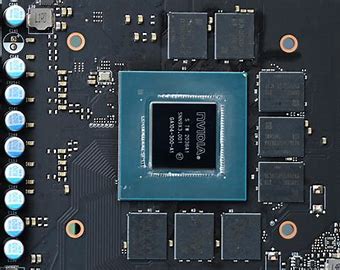
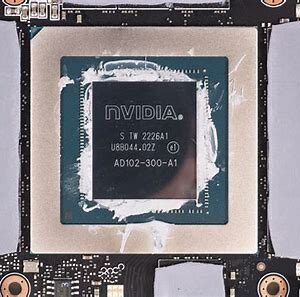
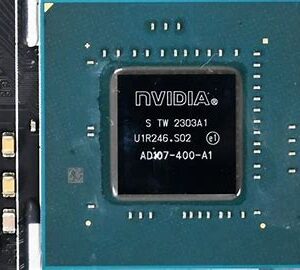
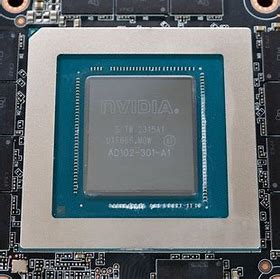
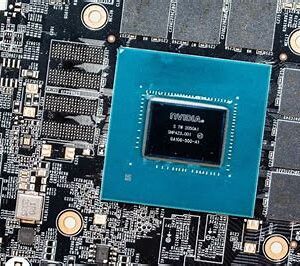
Reviews
There are no reviews yet.